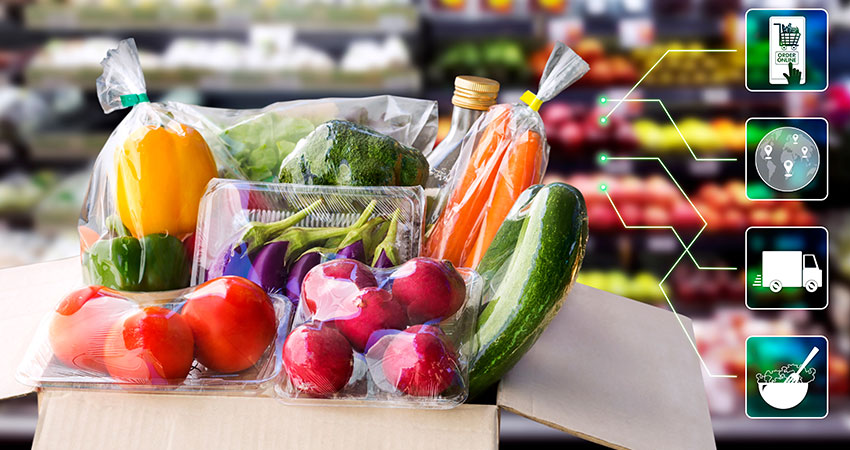Walmart is the most popular destination for e-grocery ordering, according to a new survey by Chicory, cited by 36% of respondents, followed by Amazon at 23%, and Instacart a distant third at 10%.
Other major players in the survey were Target, cited by just under 10% of respondents as their most frequent e-grocery destination, with Kroger at 7%, Albertson’s/Safeway at 3%, Stop & Shop at 2% and Shipt at 1%.
There was some generational variation in terms of shoppers’ favorite online grocers, with Walmart most popular among those aged 45-60, while Instacart was the go-to for 18-29-year-olds. The world’s largest retailer said last month it was quintupling the availability of its in-home grocery delivery service, making it available to 30 million U.S. households this year, up from 6 million.
E-grocery in general continues to gain in popularity. Based on the January survey of 1,000 U.S. adults, 45.5% of respondents said they shop online for food and essentials more once a week, with about the same amount (44%) saying they do so once a week.
Indeed, overall frequency of e-grocery purchases is rising, according to Chicory. From 2020 to 2022 there have been gradual gains in shoppers who order daily or a few times a week, while those ordering weekly remained fairly flat and those doing so every few weeks has steadily declined.
There weren’t wide variations in shopper behavior based on gender or age of respondents, with men and women citing about the same frequency of e-grocery orders. Similarly, those in the 18-29-year-old and 60+ age brackets were fairly close in terms of ordering more than once a week, at 11% and 9%, respectively.
Online cart values are also increasing, based on the Chicory survey. About 37% of those surveyed said they spend more than $100 per e-grocery order, up 16% from 2021, with a slight dip in frequency of orders between $50 and $100 (50% to 48%).
In terms of the effectiveness of shoppable ads, circulars or coupon sites were the most popular in terms of consumers’ likelihood to make an e-grocery purchase, followed by a retailer’s website, digital recipes, digital ads on websites, an influencer’s blog and social media.
“This is because context matters,” Chicory noted in its report. “Brands are most likely to reach high-intent shoppers in places where the shopper is meal planning or building their list already.”

